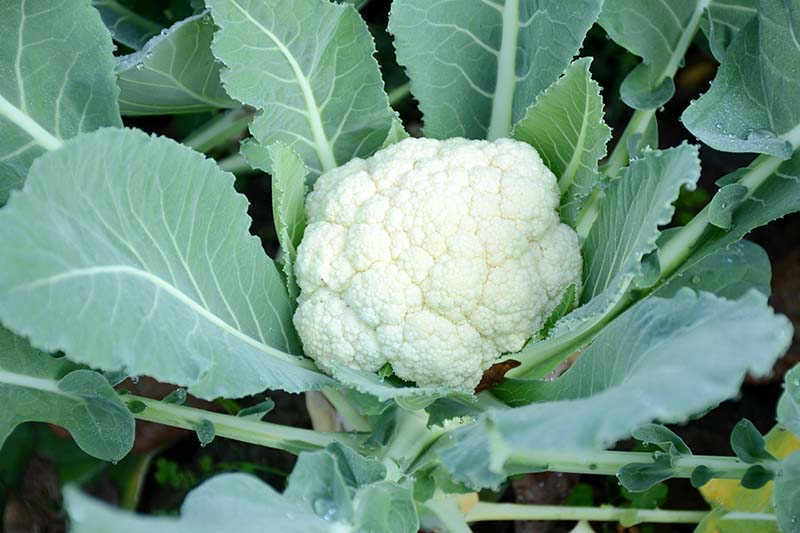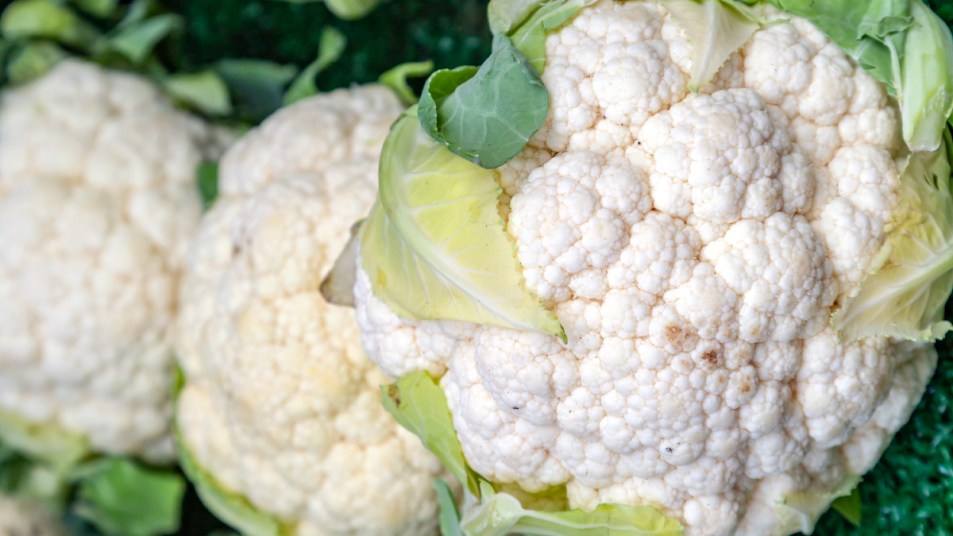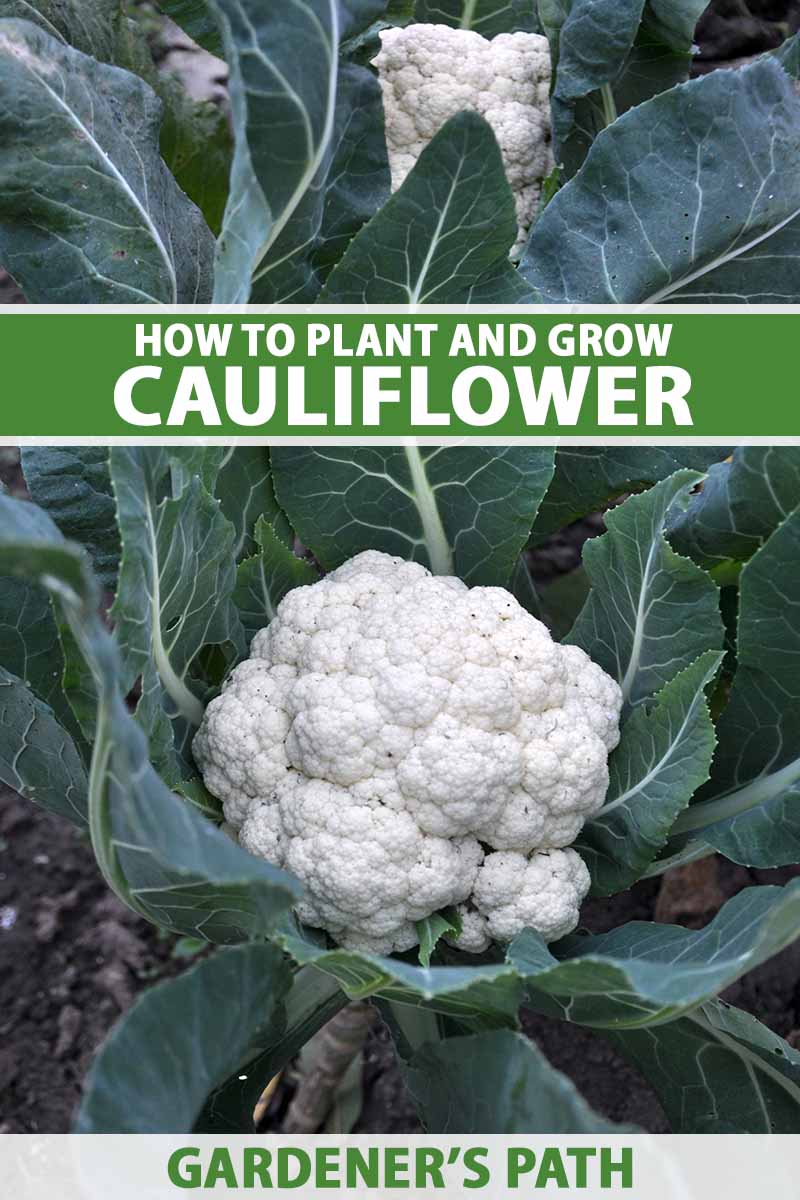After infecting the leaves it travels down the stem to the developing tubers. Once this disease gets introduced in a field it is very difficult to raise a healthy crop in the same field without taking appropriate control measures.

Why Is My Cauliflower Turning Purple Gardener S Path
Aerial Stem Rot is caused by the same organism attacking the plant from the top down through wounds or natural openings in the leaves.

Stalk rot of cauliflower. Disease incidence was recorded on 4 parents 6 F s 1 6 F s 2 and 12 back-crosses in a screenhouse under. This disorder is caued due to the deficiency of Molybdenum. Black rot disease is often seen as a light brown to yellow V shaped lesion on the leaf typically starting at the leaf margins.
The stalks of these plants have a delicate flavor and texture like a cross between broccoli or cauliflower and a water chestnut. Techniques Methodologies and Equipment. Seedlings fail to emerge from soil.
Maximum heritability for the number of leaves per plant whereas genetic advance was highest for stalk length. The use of molecular markers for the identification of stalk rot resistance plants in the field would greatly facilitate breeding for resistance to stalk rot. Cauliflower Brassica oleracea var.
The inheritance of resistance in cauliflower to stalk rot Sclerotinia sclerotiorum Lib de Bary was investigated in population from six generations of six crosses. PHYSICAL PEST DAMAGE With broken split or crushed areas of curds. Cauliflower plants are shallow rooted with a small thickened stem.
Stalk length and leaf size. Most of the diseases which affect cauliflower are similar to diseases of cabbage. The resistance governing stalk rot in cauliflower is polygenic.
Using Broccoli and Cauliflower Stalks. Seed Crop Crucifers Brassica and Raphanus spp-Sclerotinia Stem Rot. Black rot severity and curd compactness.
The edible stage is before the flowers open. Cabbage maggot is a small gray-white legless worm to ⅓-inch long. Dense flavorful curds grow in cool temperatures between 50F and 70F.
The plant can reach a height of 115 m 3349 ft and is most commonly grown as an annual harvested between 60 and 100 days after planting. Sclerotia may survive several years. With bleached or discoloured appearance sunburn With soft discoloured water-soaked florets stalk tissues freezing injury.
On screening the germplasm of Indian and exotic cauliflower some Indian inbreds MGS Pua Kea and S. To prep the stalks you need to remove the fibrous outer layer that surrounds the central marrow You can use a vegetable peeler to slice it off like a carrot. Cauliflower stalk is perfectly edible healthy and delicious.
Young cauliflower plants become chlorotic in nature and may turn white particularly along the leaf margins leaves also become cupped and wither. Some varieties are good for spring planting growing quickly and producing curds before hot summer weather sets in. Therefore the management of stalk rot had to be approached in several ways in order to develop the basis for an integrated management strategy.
It causes heavy losses in seed yield of Snowball varieties which are produced in the hills. Previous work indicated that stalk rot Sclerotinia sclerotiorum is an important disease of cauliflower. However some specific diseases of cauliflower are described below.
The ribbed leaves branch off the top of the stem and are light green in color. After a moisture-conditioning period of at least 70 days they produce a small stalked. So far there is no published report on the molecular tagging of stalk rot resistance in cauliflower.
Black rot is caused by the bacteria entering the plant through natural leaf openings or from damage caused by insects other pathogens or mechanical damage. Grate them and add them to salads or use them to make coleslaw or add them to soups stews or vegetable stock. A total of 222 random decamer primers were subsequently used to survey the parental polymorphism with regard to DNA amplification by Polymerase Chain Reaction polymerase chain reaction Subject Category.
The dense mounded head of cauliflower is the curd The curd is the flowering stalk of the plant. Stalk rot resistance in cauliflower appeared to be governed by many genes genes Subject Category. DISEASES With fungal or bacterial rots in the head stem or attached leaves eg black rot bacterial soft rot Sclerotinia rot grey mould.
Adult is the cabbage root fly looks like a housefly. Can you eat cauliflower stalk. Currently no single management technique provides a satisfactory level of control of stalk rot disease.
Miscellaneous see more details polygenic character. Stalk rot This is an important disease of cauliflower seed crop late varieties. The most important disease of cauliflower is black rot caused by Xanthomonas campestris.
445 were found to be resistant. To prepare the stems we recommend peeling and removing. Stalk Rot Sclerotinia sclerotiorum Lib De Bary Leaves when infected turn light green and alter yellow and shed prematurely.
Common cauliflower growing problems with cures and controls. Problems such as head rot of cauliflower. Biological chemical and integrated management modules on cauliflower leaf spot stalk rot and downy mildew disease control 0.
Like most bacterial infections this is usually transported in water. Stalk Rot Sclerotinia sclerotiorum This fungus can cause serious losses in the field in storage and under transit and market conditions. Cause Sclerotinia sclerotiorum is a fungus that overwinters as small black structures sclerotia attached to decomposing infected plant portions.
When the leaf veins are cut in half the veins will be black. Whiptail develops with high nitrate supply and low molybdenum.

How To Plant And Grow Cauliflower Gardener S Path

Brown Spots On Cauliflower Don T Panic Experts Say

Brown Spots On Cauliflower Cause Symptoms And How To Prevent

Why Is My Cauliflower Curd Loose How To Fix Loose Cauliflower Heads

Brown Spots On Cauliflower Cause Symptoms And How To Prevent

How To Plant And Grow Cauliflower Gardener S Path